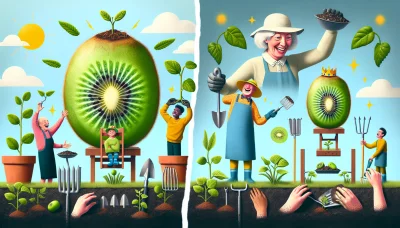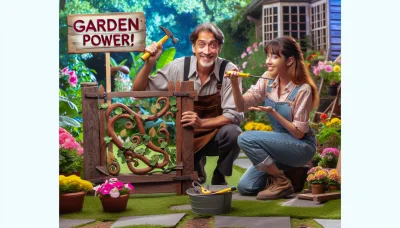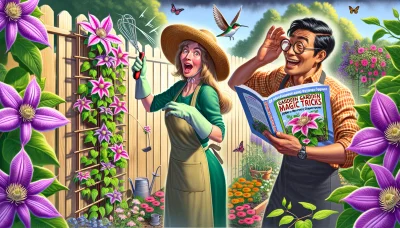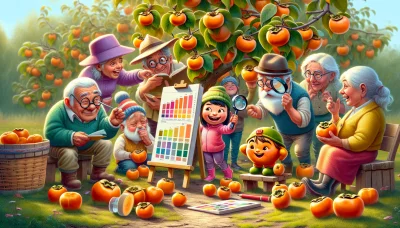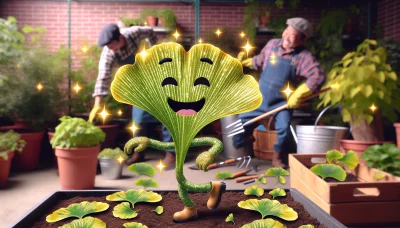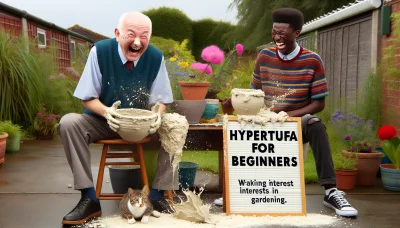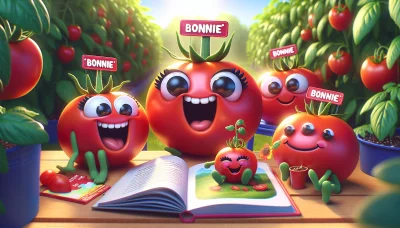Leaf Casting Tips Quiz
Test Your Knowledge
Question of
Leaf Casting Tips for Garden Enthusiasts
Leaf casting is a creative and enjoyable way for garden enthusiasts to capture the beauty of nature in a permanent form. This technique involves using real leaves as molds to create detailed concrete replicas, which can be used as decorative stepping stones, birdbaths, or simply as unique garden ornaments. Not only does leaf casting allow for the preservation of the intricate details of leaves, but it also offers a personalized touch to garden design, making it a relevant and cherished practice among gardening aficionados.
Materials Needed for Leaf Casting
- Cement mix
- Sand
- Leaves (preferably fresh and large)
- Water
- Mixing bucket
- Stir stick or spoon
- Plastic wrap
- Gloves
- Mask
- Protective eyewear
- Brush (for cleaning)
- Non-stick cooking spray or petroleum jelly (as a mold release agent)
- Weights or rocks (to keep leaves flat)
- Wire brush (for finishing touches)
- Sealant (optional, for protection)
Step-by-Step Guide to Leaf Casting
- Select a leaf with a strong, prominent vein pattern for the best detail.
- Clean the leaf gently to remove any dirt or debris.
- Prepare your work area by covering it with plastic sheeting or newspapers to avoid mess.
- Mix the casting material according to the manufacturer's instructions. Plaster or concrete are commonly used.
- Apply a thin layer of petroleum jelly or cooking oil to the leaf's surface to prevent sticking.
- Place the leaf vein-side up on your work surface.
- Gently apply the casting material over the leaf, ensuring all details are covered without making the layer too thick.
- Allow the casting material to set and harden as per the instructions. This may take several hours or overnight.
- Once the material is completely set, carefully peel the leaf away from the cast to reveal the detailed impression.
- Clean up any edges or rough spots on the cast using fine-grit sandpaper.
Decorating Your Garden with Leaf Casts
Leaf casts can add a unique and natural touch to any garden. These detailed imprints of nature's own designs can be used in various creative ways to enhance your outdoor space. Imagine walking on a pathway lined with stepping stones, each imprinted with the delicate veins and shapes of different leaves, creating a beautiful and organic walkway through your garden. Beyond functional stepping stones, leaf casts can also serve as decorative accents, nestled among flower beds or perched atop garden walls, adding an artistic element to the greenery. The versatility and natural beauty of leaf casts make them a charming addition to any garden decor.
Troubleshooting Common Leaf Casting Issues
- Cracks in the Cast: This often occurs when the cast dries too quickly. To prevent this, ensure the cast is kept in a humid environment and dries slowly. If cracks appear, you can sometimes repair them by applying a thin layer of the casting mixture over the crack and allowing it to cure properly.
- Issues with Mold Release: If your leaf cast sticks to the mold or has difficulty releasing, it might be due to not using enough mold release agent. Always apply a generous amount of release agent to the mold and the leaf to ensure an easy release. You can use a variety of household items as a release agent, such as cooking oil spray or liquid soap, if commercial products are not available.
- Uneven Thickness: Sometimes, the casting mixture might not be spread evenly, leading to weak spots. To avoid this, carefully apply the mixture and use your fingers or a tool to spread it evenly, paying extra attention to the edges and center of the leaf.
- Imperfections on the Surface: Bubbles or other imperfections can mar the surface of your cast. To minimize this, tap the mold gently after pouring the casting mixture to bring any air bubbles to the surface. Additionally, using a fine brush or tool to smooth out the mixture can help eliminate surface imperfections.
- Loss of Detail: For a detailed cast, it's crucial that the leaf is pressed firmly into the mold and that the casting mixture is of the right consistency. If the mixture is too thick, it may not capture fine details. Adjust the consistency by adding more liquid or powder to the mix as necessary.
Inspiring Ideas for Leaf Casting Projects
| Project Name | Materials Needed | Difficulty Level |
|---|---|---|
| Basic Leaf Bowls | Cement mix, large leaves, mixing bowl, sand | Beginner |
| Garden Stepping Stones | Concrete mix, rhubarb or gunnera leaves, trowel, decorative stones | Intermediate |
| Decorative Wall Hangings | Plaster of Paris, assorted leaves, paint, brushes | Intermediate |
| Leaf Imprinted Coasters | Cement mix, small leaves, coaster molds, sealant | Beginner |
| Fancy Leaf Cast Bird Baths | Cement mix, large sturdy leaves, sand, water basin | Advanced |

